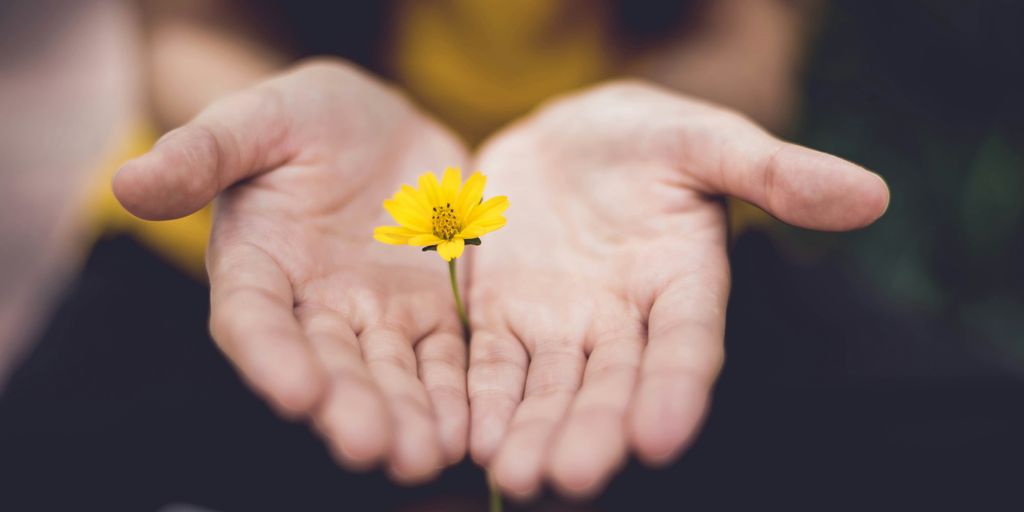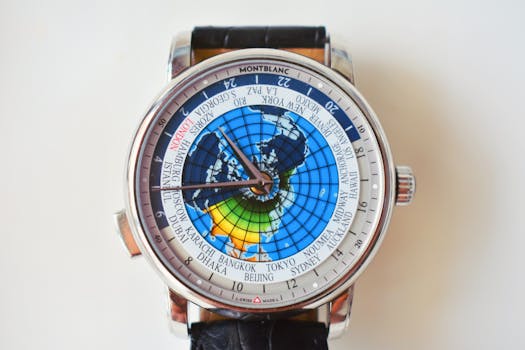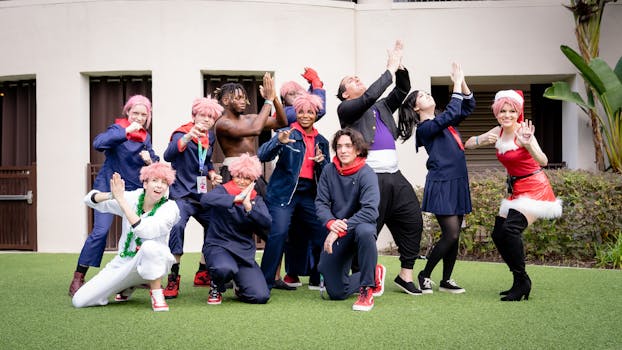
Falconry is an ancient practice that has been around for thousands of years, captivating people with its unique blend of skill, artistry, and a deep connection to nature. This sport involves training birds of prey to hunt, and it has evolved significantly from its early origins to modern-day practices. In this article, we will explore the rich history of falconry, its cultural significance across different regions, and how it has adapted to contemporary society while still honoring its roots.
Key Takeaways
- Falconry has deep historical roots, dating back to ancient Mesopotamia.
- The practice has cultural significance in various regions, including the Middle East, Europe, and Asia.
- Modern falconry incorporates urban practices and advanced technology for tracking birds.
- Falconry is considered both an art form and a sport, celebrated in literature and visual arts.
- Legal regulations and conservation efforts are crucial for the continued practice of falconry.
Origins of Falconry
Falconry, the ancient art of hunting with trained birds of prey, boasts a history as rich and varied as the cultures that have embraced it. Let’s take a look at where it all began.
Historical Roots in Mesopotamia
The earliest evidence of falconry points to Mesopotamia, around 2000 BC. Assyrian artifacts and writings suggest that falconry was practiced by the nobility, who used raptors for hunting. It wasn’t just about getting food; it was a display of skill and status. The birds used in ancient falconry were carefully selected for their hunting abilities and adaptability.
The Role of Nobility in Early Falconry
Falconry quickly became associated with the upper classes. In Europe, especially during the medieval period, falconry was a prestigious sport closely tied to status and chivalry. The European aristocracy saw it as more than just hunting; it was a symbol of power and refinement. Birds of prey became heraldic emblems, further cementing their place in noble society.
Cultural Exchange and Evolution
Falconry wasn’t confined to one region. It spread through trade routes and cultural exchange, finding a home in the Arab world, Europe, and Asia. In the Middle East, falconry evolved into an art form, deeply ingrained in the social fabric. In Europe, returning Crusaders helped popularize the practice. The art of predatory birds training continued to evolve, adapting to different environments and cultural values.
Falconry’s journey from ancient Mesopotamia to medieval Europe showcases its adaptability and enduring appeal. It’s a testament to the unique bond between humans and birds of prey, a relationship that has shaped cultures and traditions for millennia.
Cultural Significance of Falconry
Falconry isn’t just about hunting; it’s woven into the fabric of many cultures, each adding its own unique spin to the practice. From ancient traditions to modern-day conservation efforts, the cultural impact is undeniable. It’s pretty cool how something that started as a way to get food became a symbol of status and a cherished pastime.
Falconry in the Middle East
In the Middle East, falconry is more than just a sport; it’s a deeply ingrained part of the culture. It goes way back to Mesopotamia, where it started as a way to get food. Over time, it evolved into a symbol of nobility and status. Even today, you’ll find that falconry reflects the traditions and respect within Islam art of falconry. The compassionate treatment of animals is a big deal, and that extends to the relationship between falconers and their birds. It’s seen as a partnership, which is pretty awesome.
European Traditions of Falconry
Falconry in Europe, especially during the Middle Ages, was a big deal for the upper class. Owning a falcon was like having a status symbol – the fancier the bird, the higher you were on the social ladder.
Here’s a quick look at how different birds reflected social status:
- King: Gyrfalcon
- Queen: Peregrine Falcon
- Prince: Merlin
- Knight: Saker Falcon
Falconry wasn’t just a hobby; it was a way to show off your wealth and power. Tournaments and exhibitions were held to showcase the skills of both the falconers and their birds. It was all about prestige and grandeur.
Falconry in Asia and India
In Asia, particularly in Mongolia, falconry is a huge part of their heritage. It’s been passed down through generations and symbolizes a deep connection between humans and nature. The equipment and techniques used vary across different cultures, showing how adaptable falconry is. It’s not just about the hunt; it’s about the relationship between the falconer and the bird, and how that relationship fits into the larger cultural landscape.
Modern Practices in Falconry
Urban Falconry
You know, it’s kind of wild how falconry is popping up in cities now. It’s not just a rural thing anymore. Cities use trained raptors to manage pest bird populations around airports and big buildings. It’s way more eco-friendly than using chemicals or traps. Plus, it’s pretty cool to see a falcon soaring between skyscrapers!
Technological Advancements
Falconry has totally embraced tech. We’re talking GPS trackers, tiny cameras on the birds, and even computer programs to analyze flight patterns.
Here’s a quick rundown:
- GPS tracking: Helps locate birds quickly.
- Telemetry: Monitors bird health.
- Digital record-keeping: Keeps track of training progress.
It’s amazing how technology helps us understand these birds better and keep them safe. It also makes training more effective.
Falconry as a Conservation Tool
Falconry plays a big role in conservation these days. Falconers often work with conservation groups to breed endangered raptors and release them back into the wild. They also help rehabilitate injured birds. It’s a hands-on way to protect these amazing creatures. Plus, falconers are usually super knowledgeable about birds of prey and can educate the public about conservation efforts.
Falconry as an Art Form
Falconry isn’t just a sport; it’s an art. It’s about the relationship between human and bird, a dance in the sky that has inspired artists and writers for centuries. It’s a cultural heritage, a blend of skill, patience, and respect for nature.
The Aesthetic of Falconry
Falconry is visually stunning. The sight of a trained raptor soaring through the air, responding to its falconer’s commands, is a spectacle of natural beauty and human skill. The equipment itself, from the leather hoods to the ornate bells, adds to the aesthetic appeal. It’s a living art form, constantly evolving with each flight.
Literary Representations
Falconry has found its way into literature across cultures and eras. From ancient texts detailing training methods to modern novels exploring the bond between falconer and bird, the sport offers rich material for storytelling.
- De arte venandi cum avibus by Frederick II of Hohenstaufen
- The Peregrine by J.A. Baker
- Numerous poems and tales across different cultures
Falconry’s presence in literature highlights its cultural significance and the deep connection humans have felt with these birds of prey. These stories often explore themes of freedom, control, and the delicate balance between humans and nature.
Falconry in Visual Arts
From medieval tapestries to modern photography, falconry has been a subject of visual art for centuries. Paintings often depict falconers as symbols of power and status, while sculptures capture the grace and agility of the birds themselves.
- Medieval paintings and tapestries
- Sculptures and carvings
- Modern photography and film
Training Techniques in Falconry
Basic Training Methods
Okay, so you want to train a falcon? It’s not like training a dog. Trust is the name of the game. You start by just being around the bird, letting it get used to you. Think of it as an awkward first date, but with a raptor.
- First, get the bird used to your presence.
- Then, start hand-feeding it.
- Next, introduce the whistle for recall.
Patience is key. You’re not going to have a perfectly trained bird overnight. It takes time, consistency, and a whole lot of understanding.
Equipment Used in Falconry
Falconry isn’t just about the bird; it’s about the gear too. You’ve got your hoods, jesses, leashes, and gloves. It’s like outfitting a tiny, feathered warrior. The hood keeps the bird calm by blocking out distractions. Jesses are the leather straps attached to the bird’s legs, letting you keep control without hurting it. And the glove? Well, that’s your landing pad.
The Role of Falcon Hospitals
Just like people, falcons get sick or injured. That’s where falcon hospitals come in. These places are like regular hospitals, but for birds of prey. They have specialized equipment and vets who know how to treat falcons. They help with everything from broken wings to diseases. Falcon hospitals are super important for keeping these birds healthy and ensuring the future of falconry. They also play a big role in conservation efforts, helping injured wild birds recover and return to their natural habitats.
Legal Framework Surrounding Falconry

Regulations and Licensing
So, you want to fly a bird of prey? Not so fast. Falconry isn’t a free-for-all. Regulations are in place to ensure the well-being of the birds and the balance of the ecosystem. Licensing is a must, and it usually involves a written test, facility inspection, and apprenticeship period. They want to make sure you know what you’re doing before you send a hawk after a rabbit.
Conservation Laws
Falconry can actually be a force for good in conservation. Many falconers participate in breeding programs for endangered raptors and contribute to habitat preservation. It’s not just about hunting; it’s about ensuring these magnificent birds continue to thrive. The Bald and Golden Eagle Protection Act plays a big role here, setting the rules for how we interact with these species. It’s a balancing act between tradition and responsibility.
International Treaties Affecting Falconry
Falconry doesn’t stop at borders. International treaties, like CITES, play a crucial role in preventing the illegal trade of raptors and their parts. These agreements help protect vulnerable populations and ensure that falconry practices are sustainable on a global scale. It’s a complex web of agreements, but it’s all aimed at preserving this ancient art for future generations. Think of it as a global handshake to protect our shared natural heritage.
Falconry is more than just a sport; it’s a commitment to conservation. Falconers often work closely with wildlife agencies to monitor raptor populations, report any signs of disease or injury, and participate in research projects. This collaboration helps ensure the long-term health and sustainability of these incredible birds.
The Community of Falconers
Falconry isn’t just a sport or a job; it’s a lifestyle deeply rooted in community. Falconers share a unique bond, driven by their passion for birds of prey and the ancient art they practice. It’s a network built on shared knowledge, mutual support, and a commitment to preserving this tradition for future generations.
Falconry Clubs and Organizations
Falconry clubs and organizations are the backbone of the falconry community. These groups provide a space for falconers to connect, share experiences, and learn from one another. They often host meetings, workshops, and hunting trips, offering opportunities for both novice and experienced falconers to hone their skills. These clubs also play a vital role in advocating for falconry and promoting ethical practices. They are essential for preserving this ancient practice.
Events and Competitions
Falconry events and competitions are a highlight for many in the community. These gatherings showcase the skill and dedication of falconers and their birds. Events range from informal hunting meets to formal field trials, where birds are judged on their hunting ability, training, and overall condition. Competitions provide a platform for falconers to test their skills, learn from others, and celebrate the art of falconry. It’s a chance to see some amazing birds in action and connect with fellow enthusiasts.
The Global Falconry Network
Falconry transcends geographical boundaries, forming a truly global network. Falconers around the world share a common passion and a commitment to preserving this ancient tradition. Online forums, social media groups, and international organizations facilitate communication and collaboration among falconers from different countries. This global network allows for the exchange of knowledge, the sharing of best practices, and the promotion of falconry on a worldwide scale. It’s a testament to the enduring appeal and cultural significance of this unique art form.
The falconry community is more than just a group of people who share a hobby. It’s a family, bound together by a love for birds of prey and a commitment to preserving a rich cultural heritage. This network provides support, education, and camaraderie, ensuring that falconry continues to thrive for generations to come.
Wrapping Up the Journey of Falconry
So, there you have it. Falconry is more than just a sport; it’s a connection to history and nature that spans centuries. Whether you’re a seasoned falconer or just curious about the practice, there’s something special about the bond between humans and these incredible birds. Today, falconry is evolving, blending tradition with modern techniques and conservation efforts. It’s not just about hunting anymore; it’s about preserving a way of life and respecting the environment. If you ever get the chance to witness falconry in action, take it. You might just find yourself captivated by the grace and power of these birds, and who knows? You might even feel inspired to join this ancient art yourself.
Frequently Asked Questions
What is falconry?
Falconry is the practice of training birds of prey, like falcons and hawks, to hunt for food.
Where did falconry originate?
Falconry likely started in ancient Mesopotamia, which is in parts of modern-day Iraq and surrounding areas.
Why was falconry important in the past?
In the past, falconry was a way for nobles to show their status and skill, and it was also a practical hunting method.
How is falconry practiced today?
Today, falconry is enjoyed as a sport and hobby, with many people using modern technology to help track and train their birds.
What types of birds are used in falconry?
Falconers use various birds of prey, including different types of falcons, hawks, and eagles.
Is falconry legal everywhere?
Falconry is regulated by laws that vary by country, so it’s important to check local regulations if you’re interested in practicing it.




